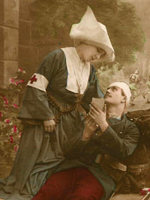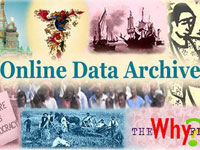Planes of Fame Air Museum [CA]
The Planes of Fame Air Museum was the first air museum located west of the Rocky Mountains. Founded in 1957, the museum now contains over 150 vintage aircraft. The museum is open year round, and also operates an annual air-show.
The museum offers exhibits, self-guided tours, monthly presentations, and an annual airshow. The website offers visitor information, an events calendar, and a brief history of the museum. In order to contact the museum via email, use the "contact the museum" link located at the top of the webpage under the "air museum info" tab.



